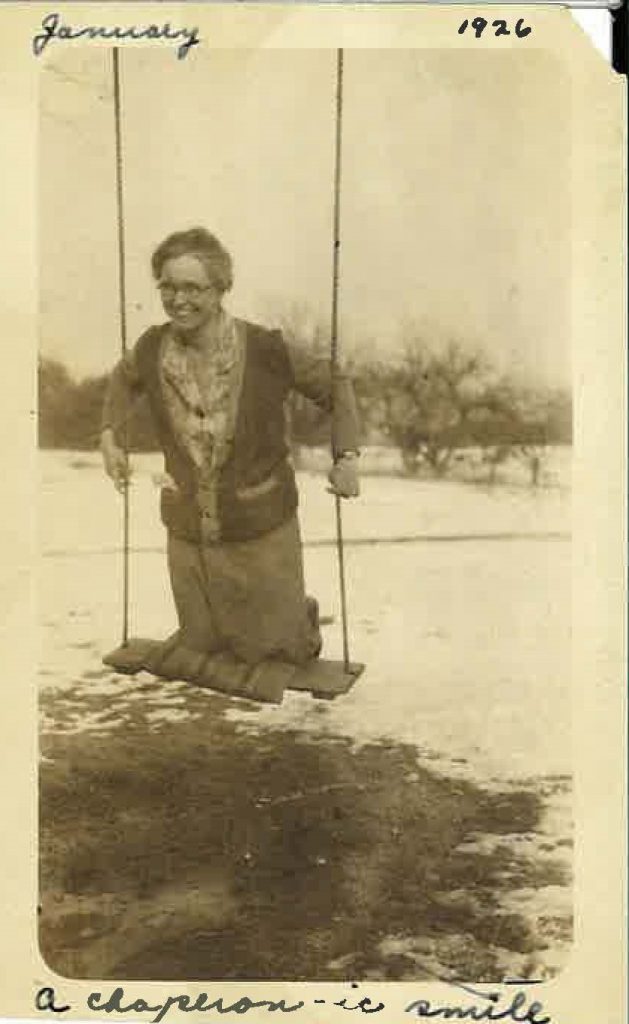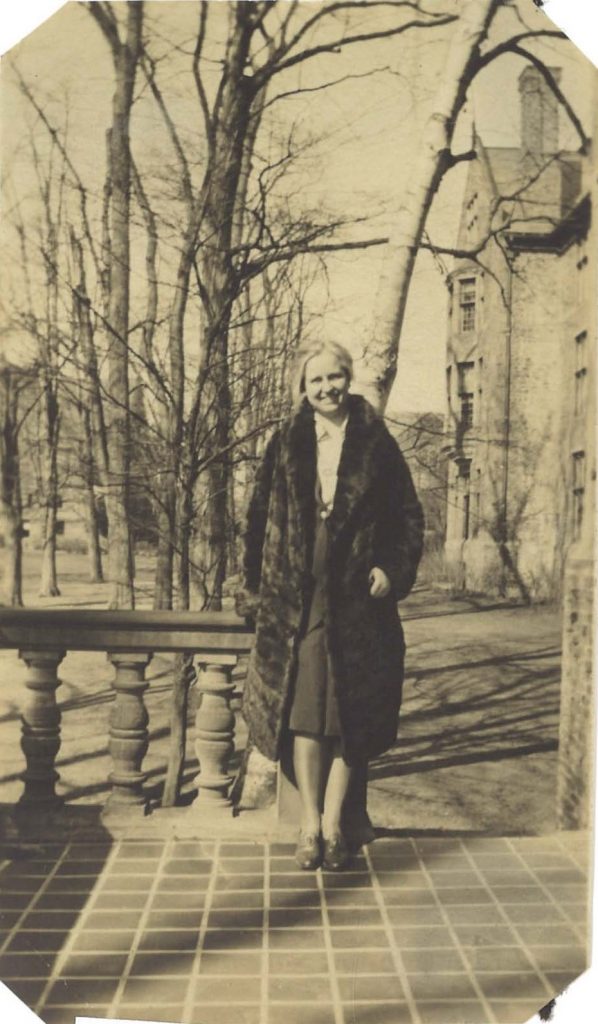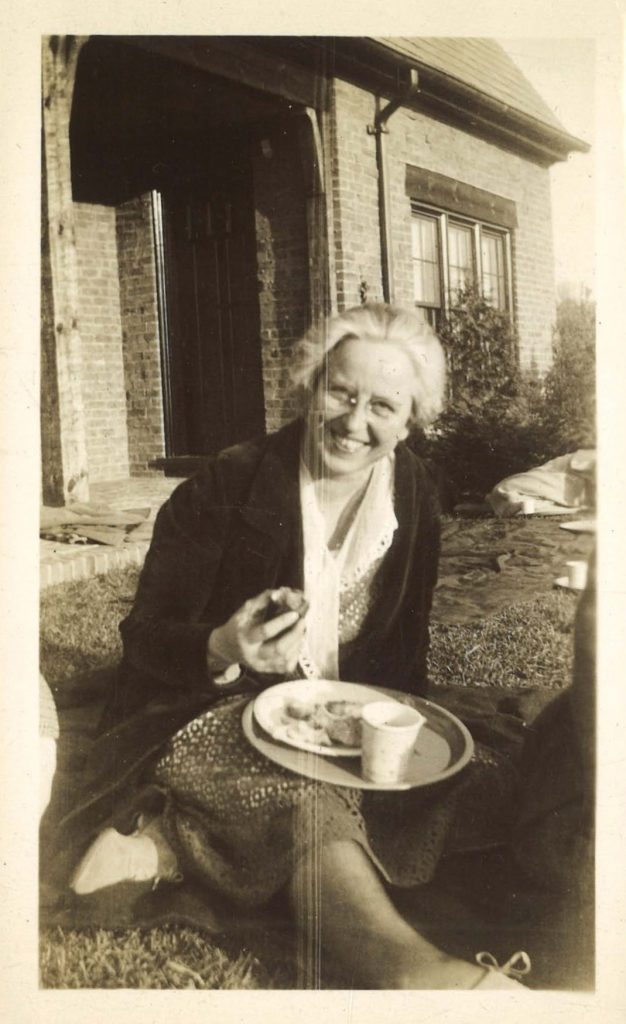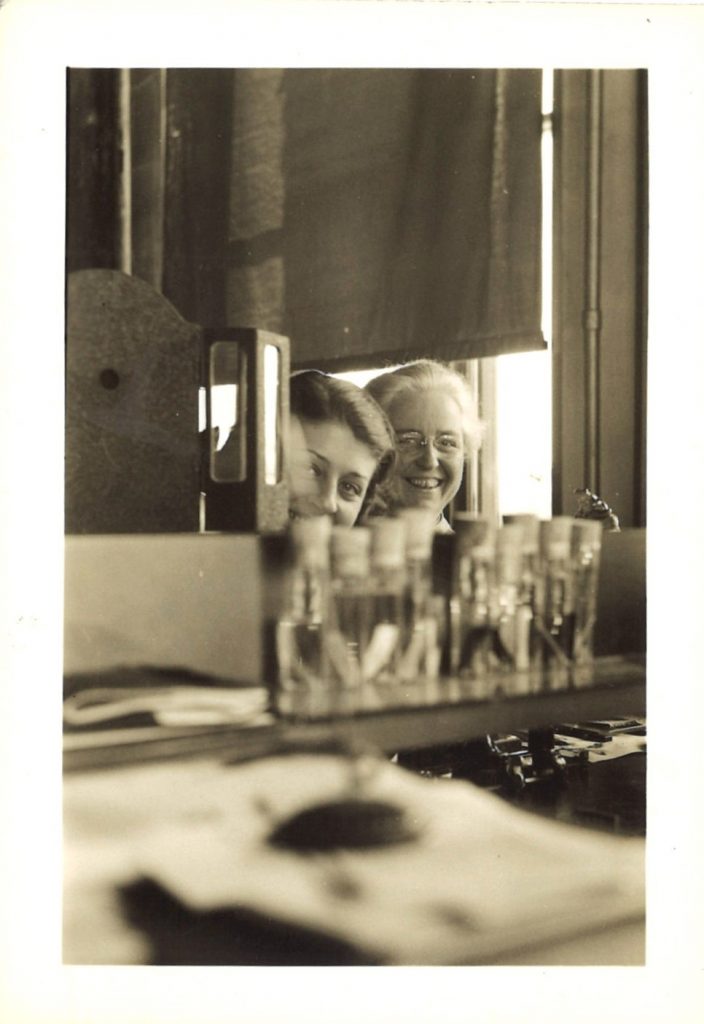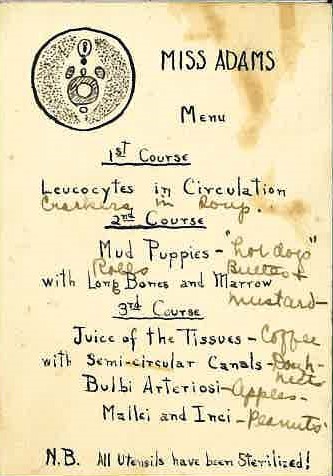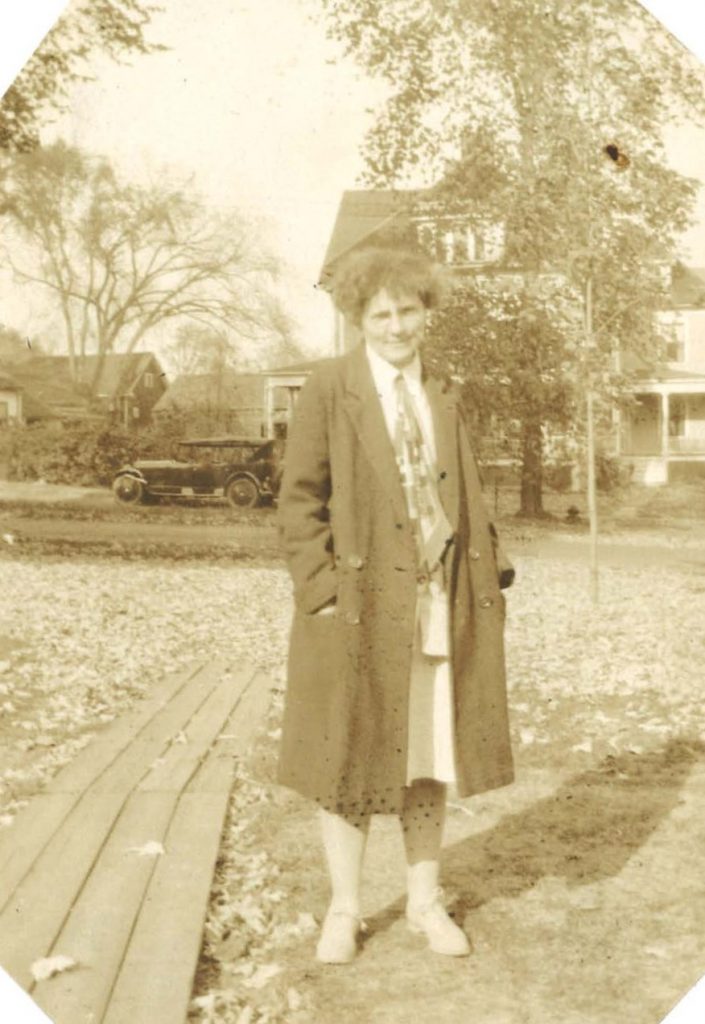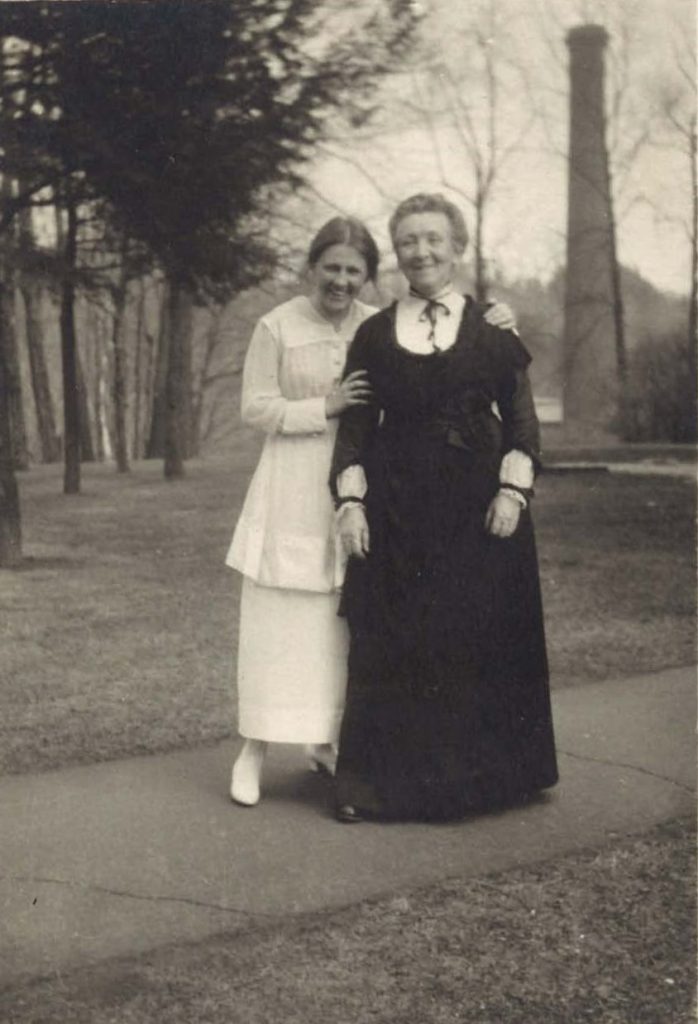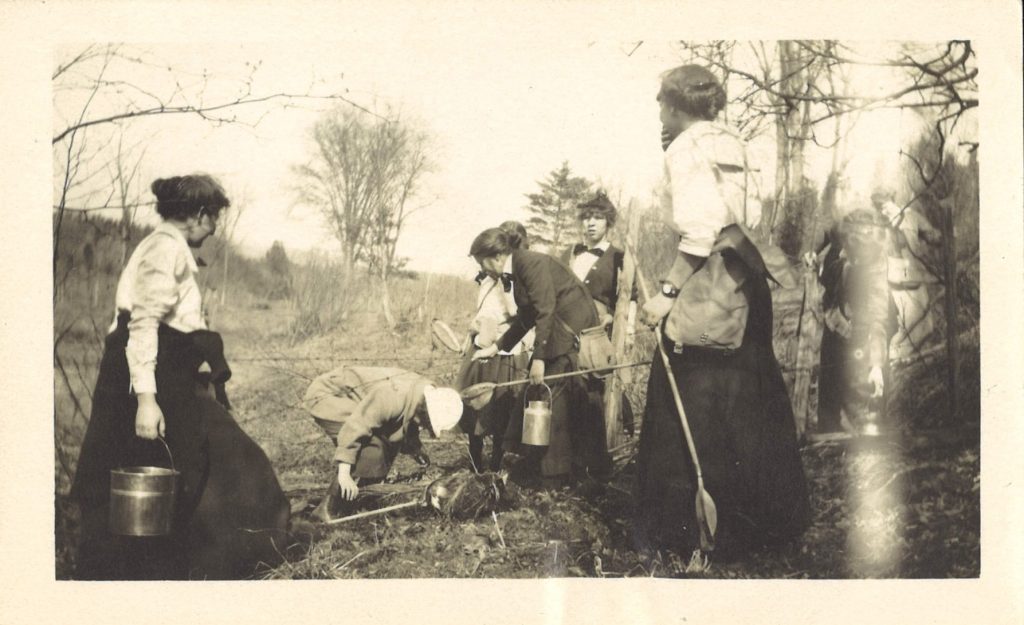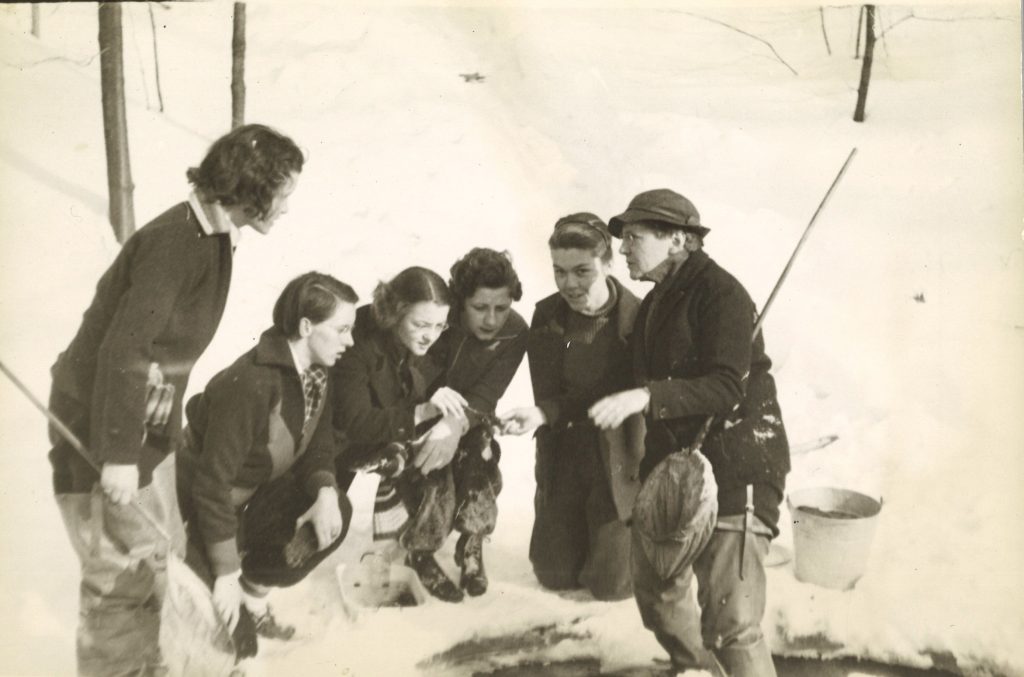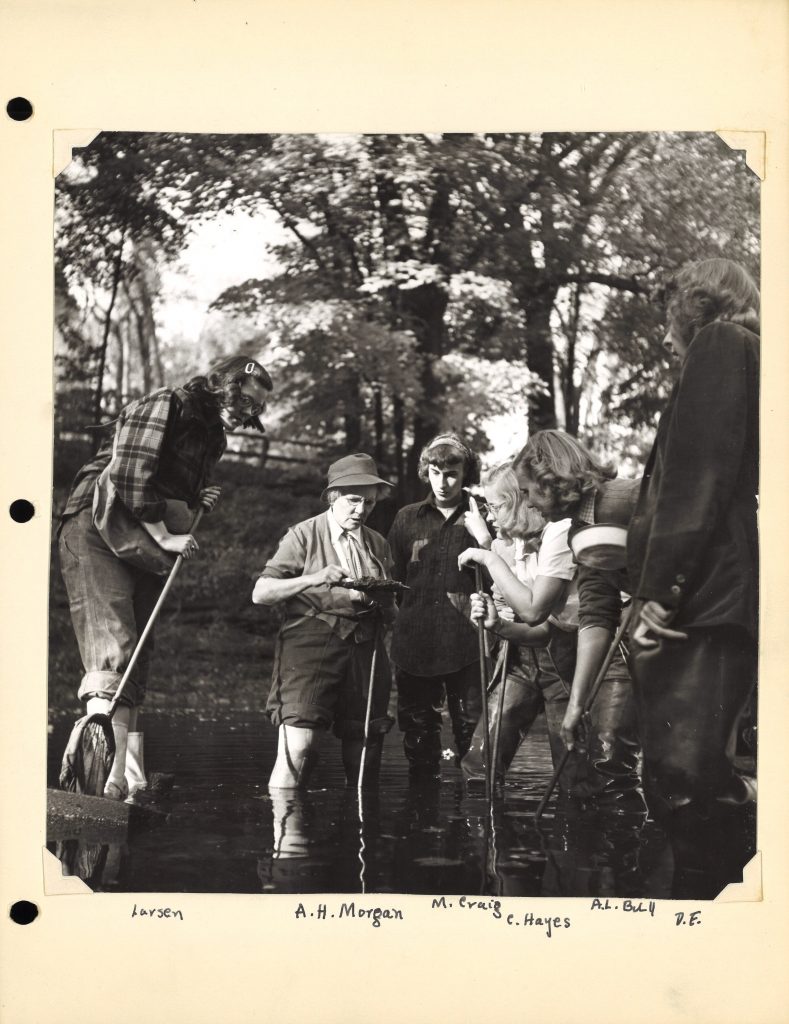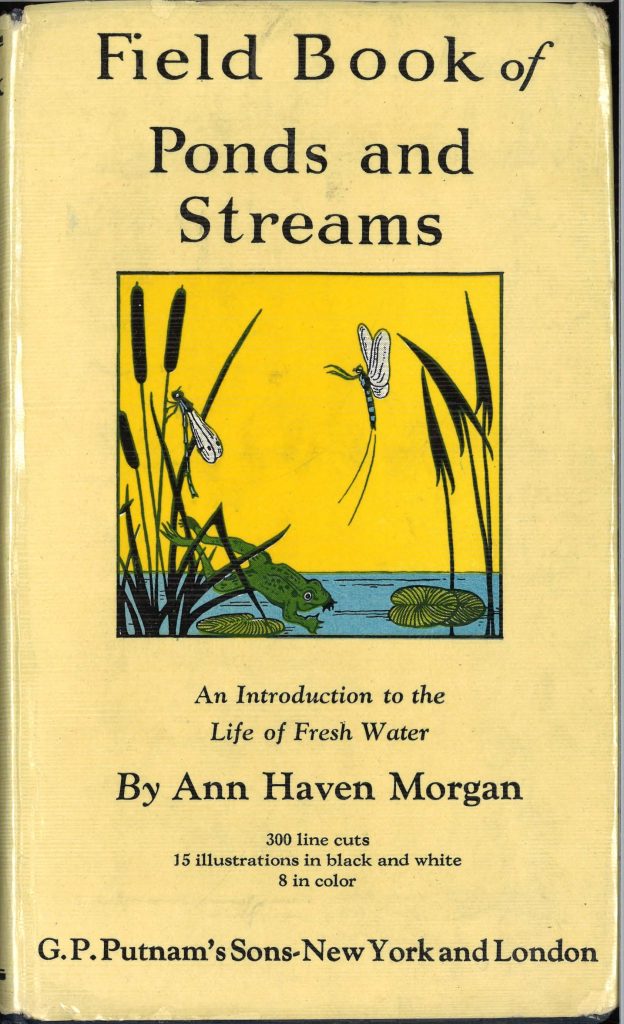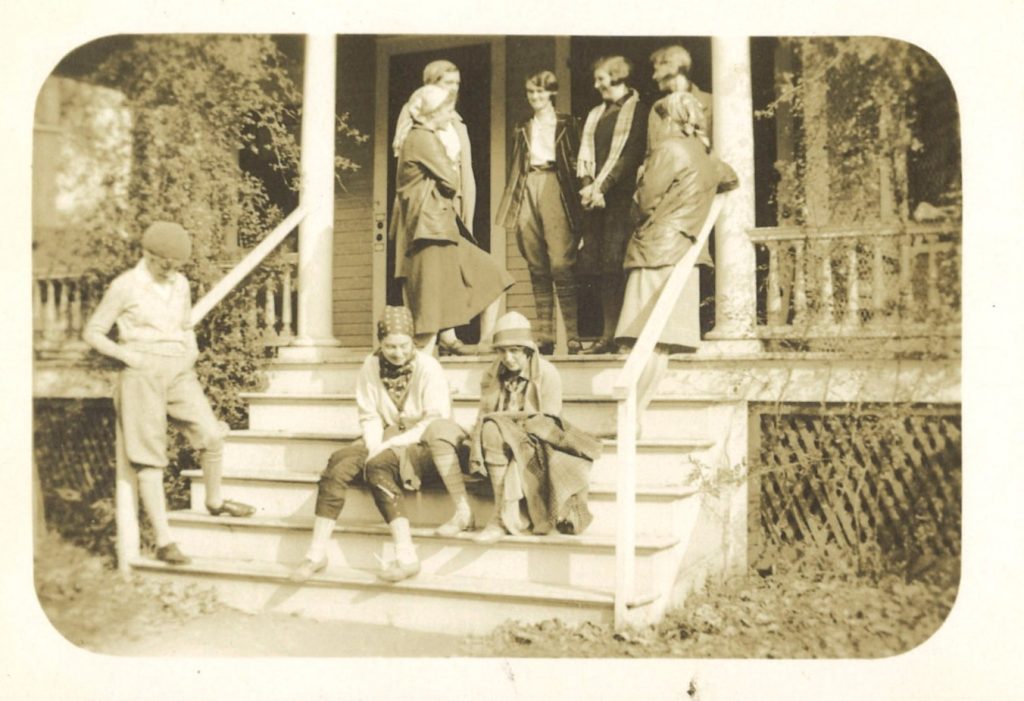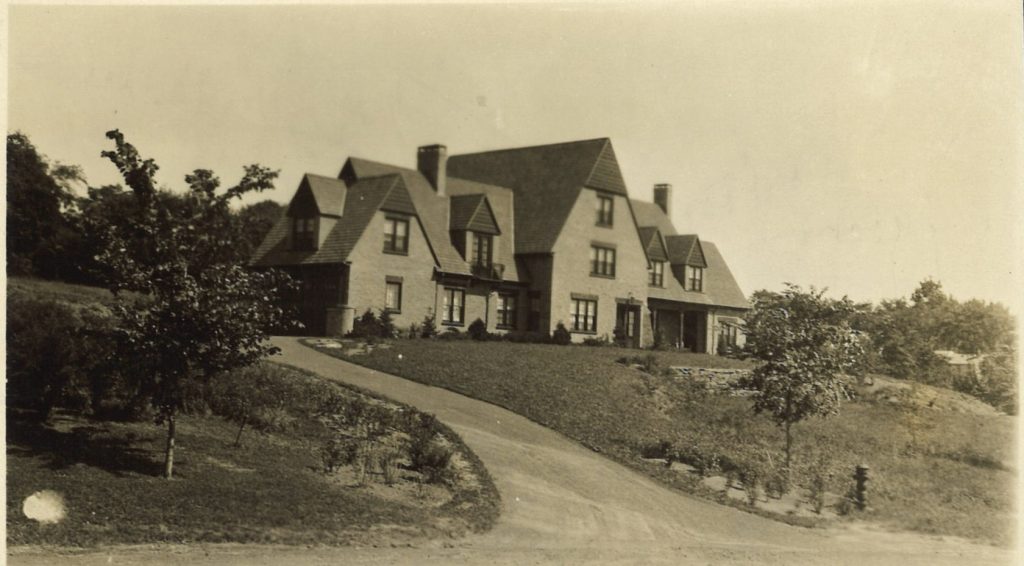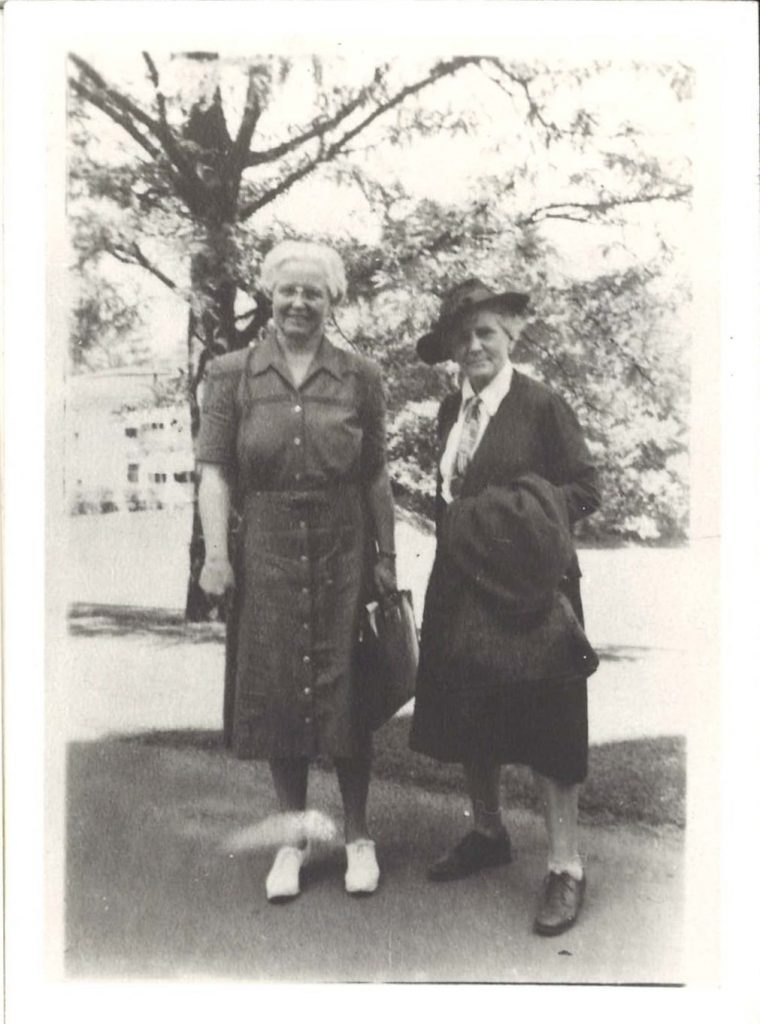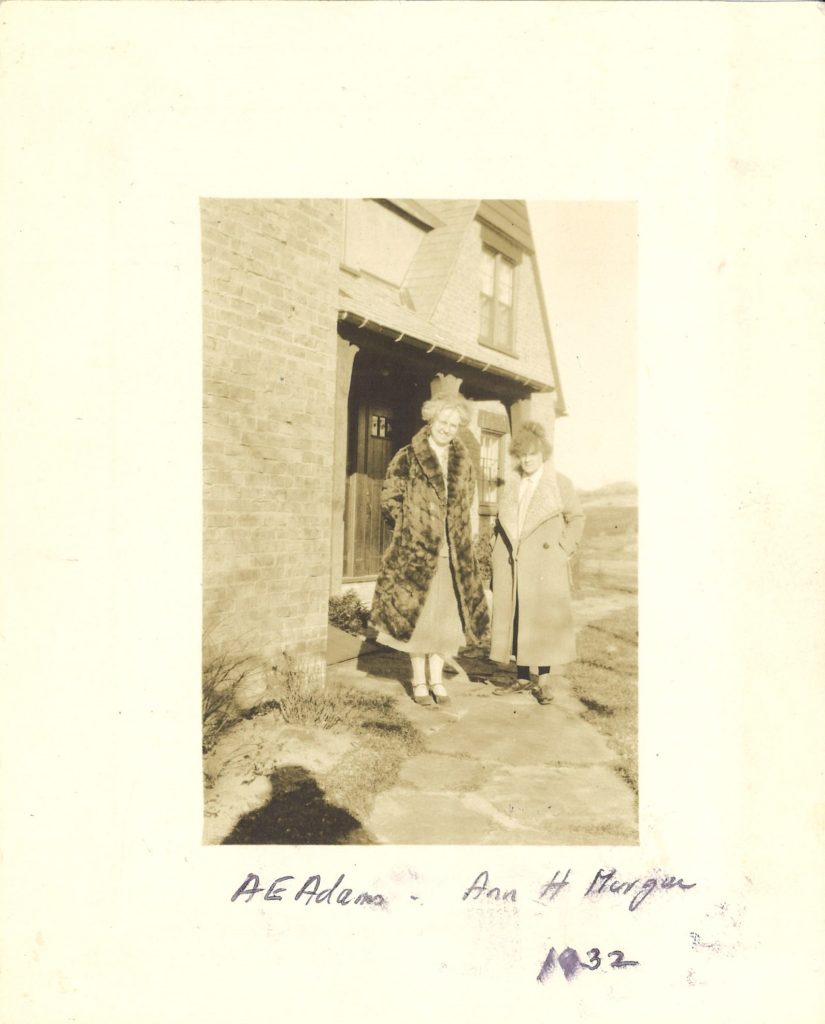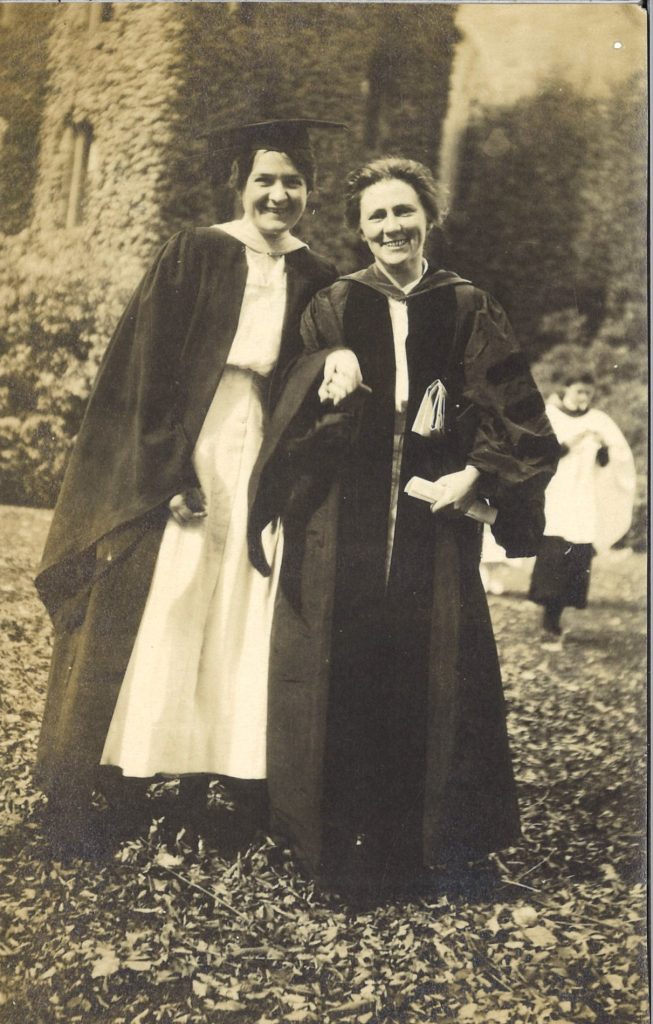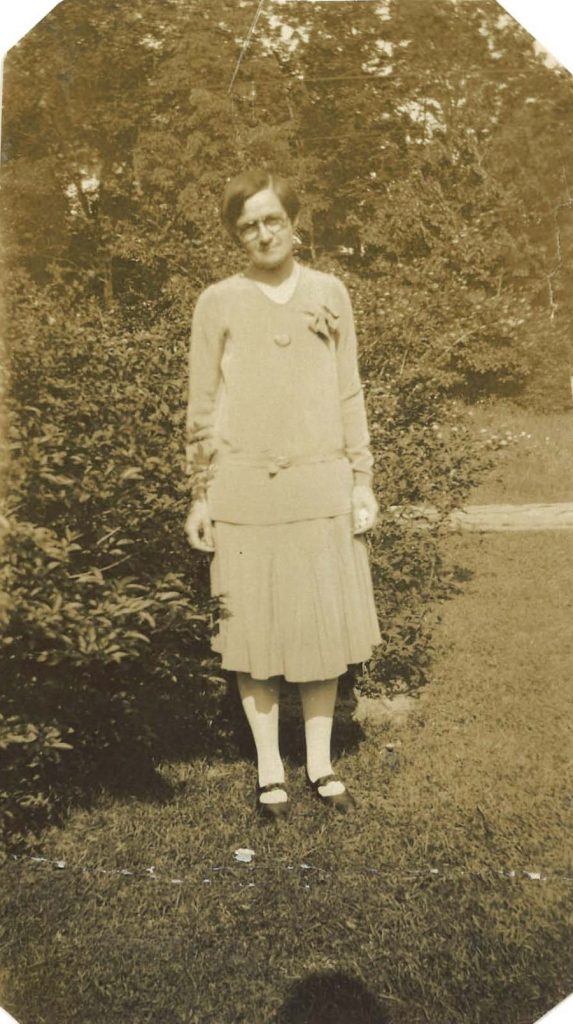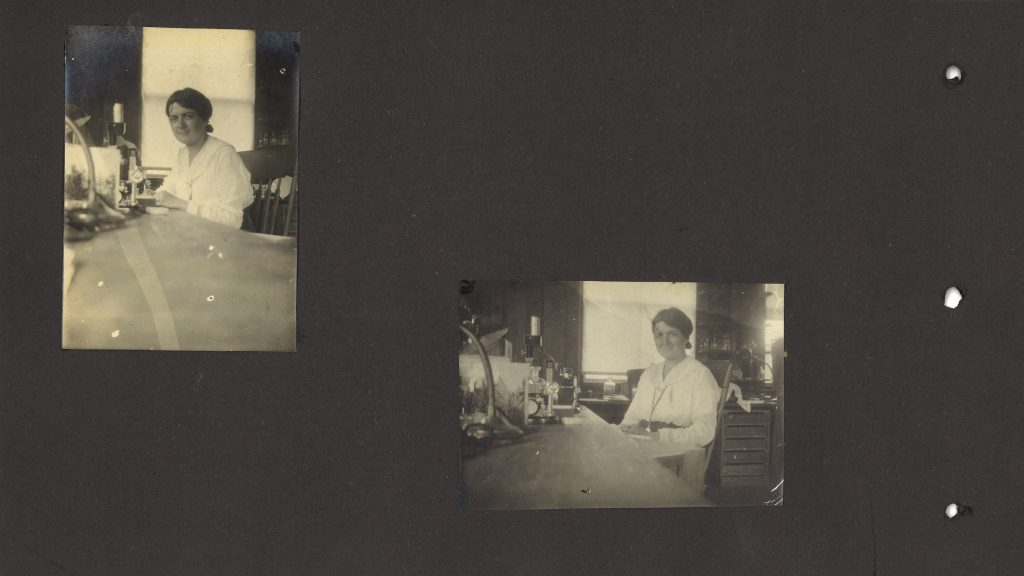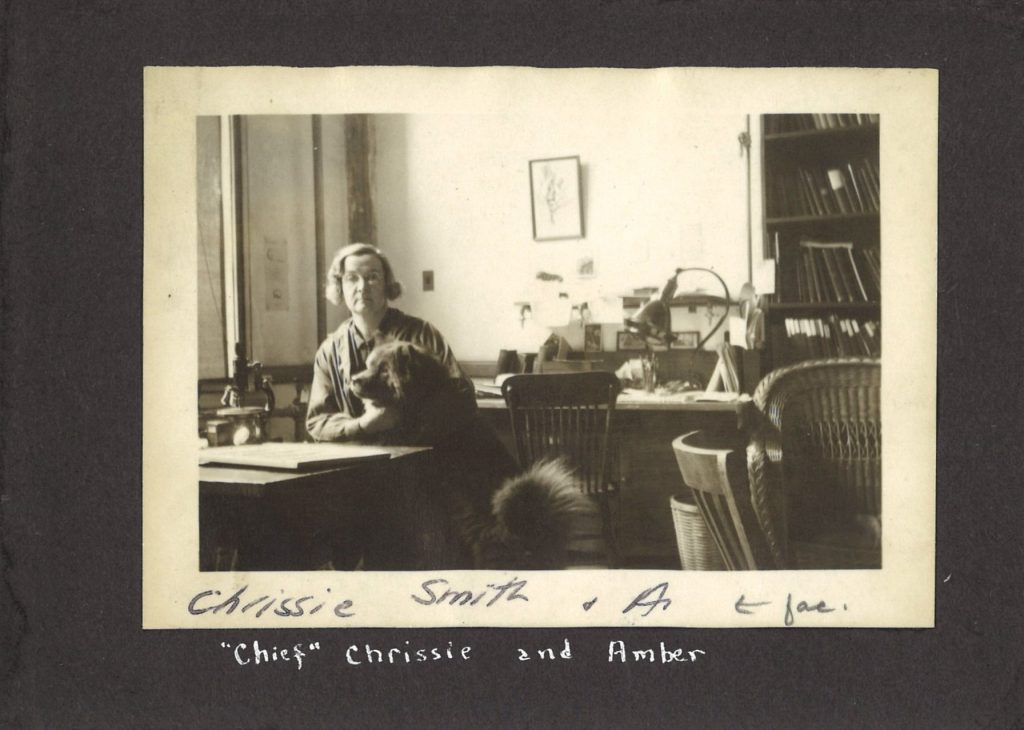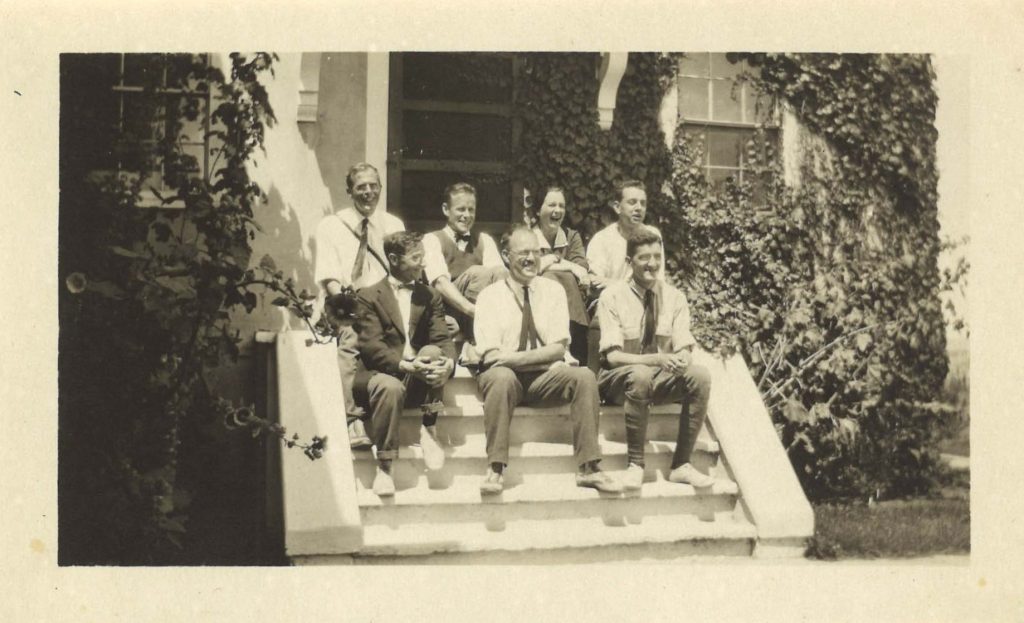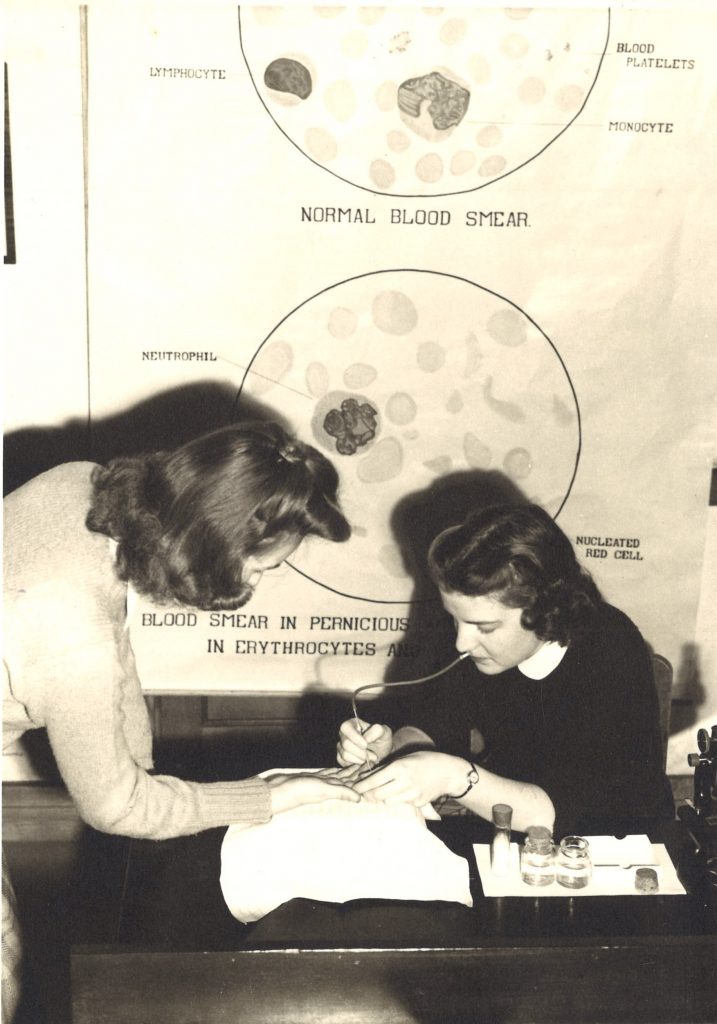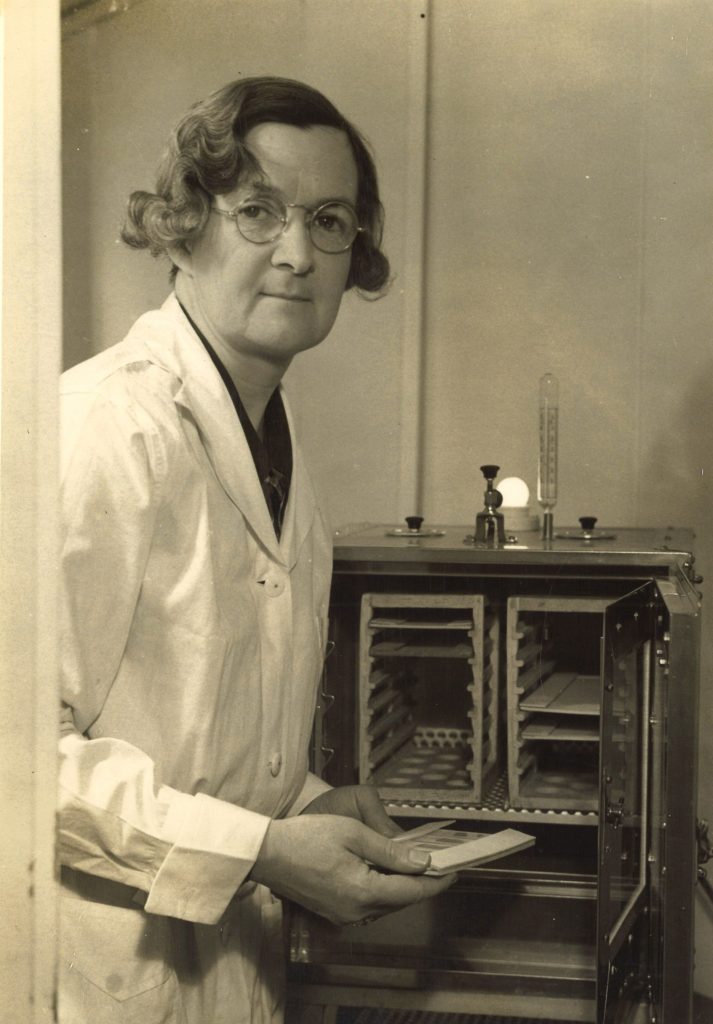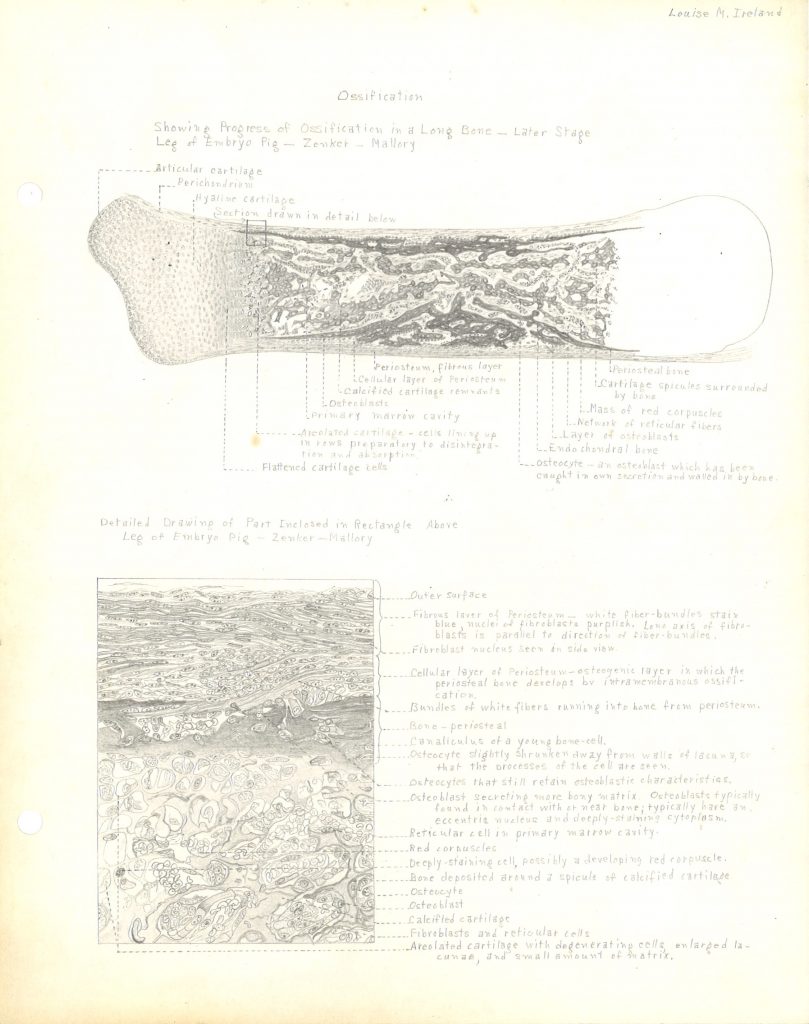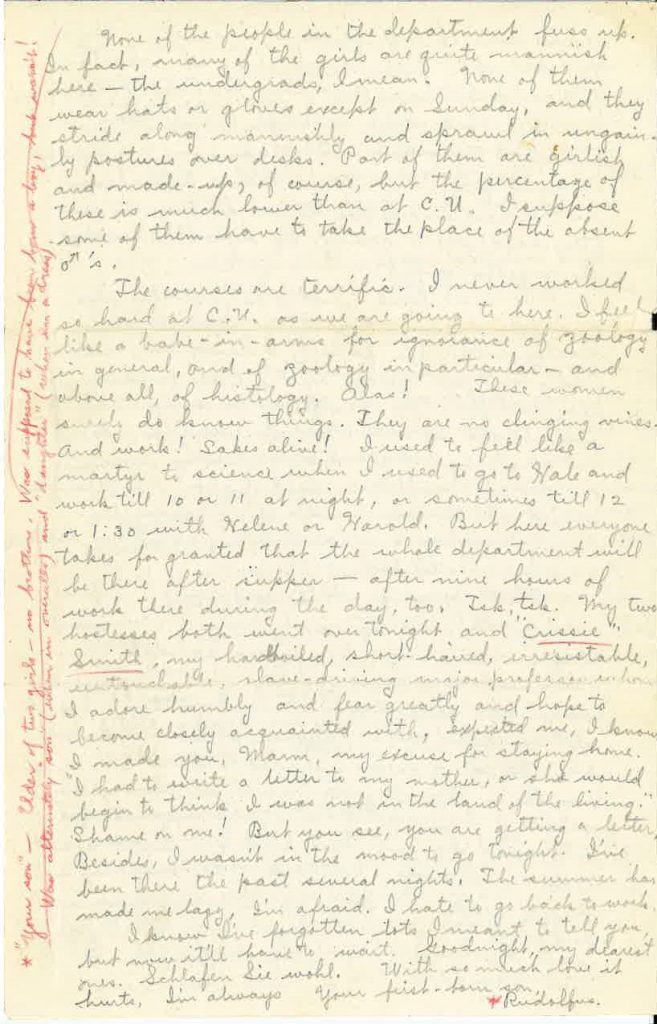A. Elizabeth Adams, class of 1914
A. [Amy] Elizabeth Adams began working as a laboratory assistant in the zoology department immediately after graduating from Mount Holyoke in 1914. She stayed in the department for her whole career in zoology, only leaving briefly to earn her MA (Columbia, 1918) and PhD (Yale, 1923).
Adams worked in experimental zoology and endocrinology, both of which were new fields when she began her career. She was among the first researchers to experimentally study the effects of different hormones and glands, and she published her work extensively. Over the course of her life, she authored around 50 articles in scientific journals. At Mount Holyoke, she taught courses in embryology and experimental zoology – the latter, which she introduced in 1923, was the first class of its kind offered at any college or university in the country.
Like Cornelia Clapp, with whom she took classes as a student and briefly taught alongside as an instructor, Adams was widely beloved for her kindness, genuine curiosity, and approachability as well as her sharp intelligence, her near-encyclopedic knowledge of her field, and her delightfully dry and surprisingly silly sense of humor.
Ann Haven Morgan
Ann Haven Morgan began working as an assistant in zoology at Mount Holyoke in the fall of 1906, right after she graduated from Cornell University. Exactly ten years later, Morgan succeeded Cornelia Clapp as the department head; she would lead the department until she retired 31 years later in 1947.
Morgan brought the department through large-scale structural changes – literally as well as figuratively. When Williston Hall burned down in 1917 and the zoology laboratories and classrooms were destroyed, she kept her department running while overseeing the construction of Clapp Laboratory as the new life sciences building. Nearly as significant for Mount Holyoke zoology, Morgan also completely redesigned the introductory course to ensure that it would be valuable to major and non-major students alike, and it ranked among the most popular courses across the College for decades.
Morgan also introduced new courses in line with her own research work to the College. She earned the nickname “Mayfly” early in her career after focusing on the insect for her Ph.D, and briefly taught courses in entomology before shifting both her writing and teaching toward the growing field of ecology. Morgan and her students spent many days wading through Upper Lake and Stony Brook, finding all kinds of creatures without even leaving campus. Her publications in ecology included two field guides for popular audiences, a substantial book that worked as both a zoology textbook for college students and as casual non-fiction for interested readers, and contributions to both academic and popular journals and magazines.
Ann Haven Morgan and Elizabeth Adams lived together for many years, sharing faculty housing on Park Street until they moved into a house of their own at 72 Woodbridge Street in 1936. They often hosted department gatherings and meetings of the Zoology Club in their home, which was, as graduate student Louise Ireland, M.A. 1936, reported in a letter home, “the most tastefully and cosily furnished house I have ever been in.”
In the same letter, Ireland also mentioned how nice it was “to hear Miss Adams call Miss Morgan ‘dear’ in the little, casual, natural way that a wife would call her husband.” While we have no records from either woman’s personal perspective about their identities, they clearly shared their lives with one another, and their relationship forms a part of Mount Holyoke’s LGBTQ history.
Christianna Smith, class of 1914
After graduating from Mount Holyoke in the spring of 1914, Christianna Smith began working as an assistant in the zoology department in the fall. After a few years on the department’s staff, she left and worked at a number of different institutions. She returned to Mount Holyoke after finishing her PhD at Cornell in 1924, where she stayed until she retired from teaching in 1958.
Smith’s interests lay in the realm of medical zoology and histology, the study of tissues and cells, teaching courses in microscopy and histology, and researching biology at the micro scale. For the first part of her career, her work was mainly concerned with leukocytes, or white blood cells; later, her attention shifted toward understanding the cellular process of aging in animals.
Much of Smith’s research specifically looked at these structures and processes in female animals, resisting the tendency in biological research to privilege male organisms to draw conclusions about entire species.
As a professor, Smith held students and assistants to a very high standard for their work. While students sometimes complained in the moment, many of her former students later reflected that her high expectations had vastly improved the quality of their work, in and out of zoology, and they appreciated her for it.
“The courses are terrific. I never worked so hard…as we are going to here”
“Alas! These women surely do know things. They are no clinging vines…”
“‘Crissie’ Smith, my hardboiled, short-haired irresistable [sic], untouchable, slave-driving major professor whom I adore humbly and fear greatly and hope to become closely acquainted with…”

